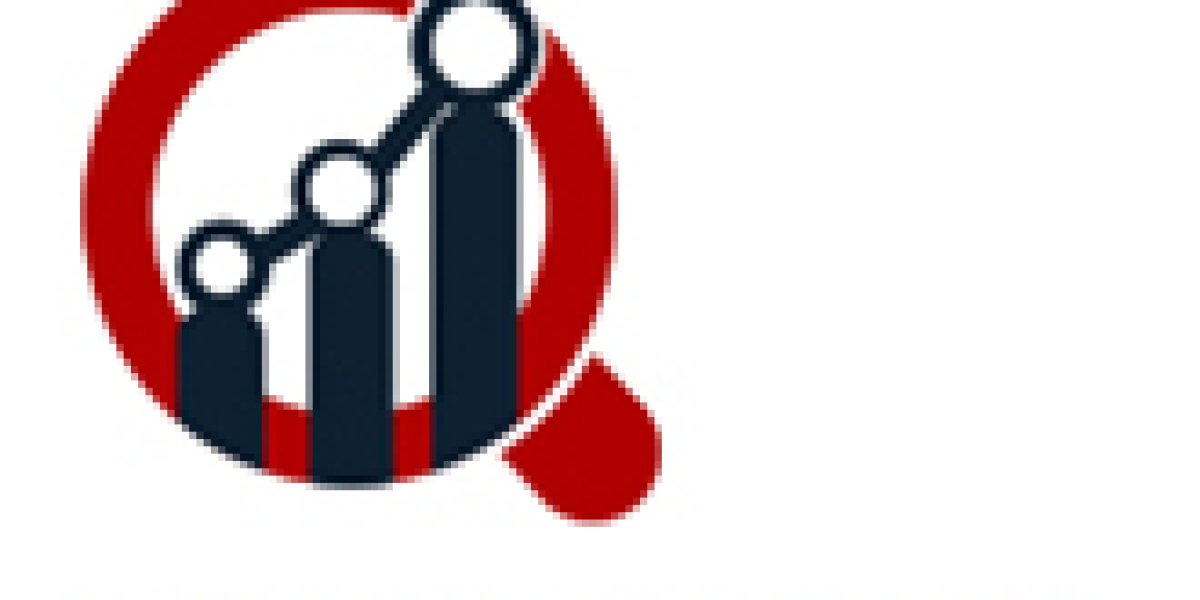The Glycolic Acid Market is experiencing strong growth, driven by increasing demand in cosmetics and personal care, along with expanding applications in pharmaceuticals, textiles, and industrial cleaning. Known for its exfoliating, antibacterial, and biodegradable properties, glycolic acid—an alpha hydroxy acid (AHA)—is one of the most effective and widely used organic acids in commercial and consumer formulations.
With growing consumer awareness around skincare ingredients, and a global push toward eco-friendly cleaning and processing agents, glycolic acid continues to gain momentum across diverse industries.
Market Overview
Glycolic acid (chemical formula C₂H₄O₃) is the smallest AHA, naturally found in sugarcane and commonly produced through chemical synthesis or fermentation. It’s valued for its:
High water solubility
Skin exfoliating and rejuvenating ability
Biodegradability and low toxicity
Chelating and cleaning efficiency
Key application sectors:
Personal Care and Cosmetics – anti-aging creams, facial peels, serums, shampoos
Pharmaceuticals – wound healing, topical antibiotics
Textiles and Leather – dyeing and tanning aid
Industrial Cleaners – descaling agents, metal cleaners, food equipment sanitation
Polymers and Resins – biodegradable plastics (e.g., polyglycolic acid)
Key Market Trends
Rising Demand for Anti-Aging and Skin Rejuvenation Products
Glycolic acid is a top ingredient in chemical peels and exfoliators, popular in anti-aging and acne treatments.
Shift Toward Natural and Safe Cosmetic Ingredients
As consumers move away from harsh chemicals, naturally-derived AHAs like glycolic acid are gaining popularity.
Increased Use in Industrial Cleaning Applications
Due to its biodegradability and descaling power, glycolic acid is replacing harsher cleaning acids in various industries.
Emergence in Bioplastics and Sustainable Polymers
Glycolic acid is a building block in polyglycolic acid (PGA), used in medical sutures and compostable plastics.
Growth Drivers
Booming Personal Care Industry
With growing beauty consciousness and demand for dermaceuticals, glycolic acid is a go-to active ingredient.
Environmental Regulations Favoring Green Cleaners
Industries are adopting low-VOC, biodegradable cleaning agents, increasing glycolic acid use in surface and metal cleaning.
Increased R&D in Bio-Based Production
New production methods using fermentation and renewable feedstocks are making glycolic acid more sustainable and scalable.
Growth in Emerging Markets
Rising disposable income and skincare awareness in Asia-Pacific and Latin America are creating new consumer bases.
Challenges in the Glycolic Acid Market
Price Volatility of Raw Materials
Petrochemical-derived glycolic acid is vulnerable to feedstock price fluctuations.
Skin Irritation Risks at High Concentrations
Glycolic acid must be carefully formulated to balance efficacy with consumer safety.
Competition from Other AHAs and BHAs
Lactic acid, salicylic acid, and mandelic acid offer alternatives in cosmetic applications.
Regulatory Hurdles and Concentration Limits
Strict guidelines on active ingredient concentration in cosmetics and pharma impact product formulation and marketing.
Future Outlook
Natural and Fermentation-Based Glycolic Acid
As demand grows for clean-label and bio-based ingredients, natural glycolic acid will gain market share.
Expanding Medical and Pharma Use Cases
Wound healing, scar treatment, and drug delivery applications will fuel pharmaceutical-grade demand.
Customized Skincare and Dermatology Innovations
Brands are launching personalized peels, toners, and gels with precise glycolic acid concentrations.
Sustainability in Industrial Cleaning
The trend toward green chemistry in industrial maintenance will drive further adoption in this sector.
Conclusion
The Glycolic Acid Market is at the intersection of cosmetic innovation, green chemistry, and high-performance materials. From exfoliating skincare to eco-friendly cleaners and biodegradable plastics, glycolic acid continues to be a versatile and future-ready compound. As health, beauty, and sustainability trends converge, the market is set for dynamic, multi-sectoral expansion.








